The Poblenou Cemetery in Barcelona, Spain
Barcelona is a vibrant city known for its unique architecture, art scene, beautiful beaches, nightlife, festivals and events, football and delicious food & drink.
On our recent visit to Barcelona with Jet2holidays, we managed to explore and enjoy many aspects of this dynamic city. We visited museums & galleries, sampled wine & cava and were mesmerised by some of the best of Antoni Gaudí, including the famous Sagrada Familia, Park Güell, Casa Mila and Casa Batlló. We also went on a fun-filled e-biking, vineyard and sailing tour that ended at Port Olímpic. During the planning stages, I had been looking at Google Maps to see what places of interest were close to Port Olímpic and one that caught my eye was the Poblenou Cemetery.
Being fascinated by architecture, we always make it a point to explore the architectural wonders in any place that we visit. A city's architectural style can be a great pointer to the prevalent artistic and cultural trends of a particular era. It also is an expression of its cultural identity and heritage. Poblenou Cemetery's design is notable for its use of neoclassical architecture and ornate mausoleums, so it was a no-brainer for us to visit it. In addition to architecture, I also like visiting cemeteries because they are such peaceful and contemplative places.
There are a number of cemeteries in Barcelona, but the two main ones are the Montjuïc Cemetery (Cementiri de Montjuïc) and the Poblenou Cemetery (Cementiri de Poblenou). Both of these are operated by the city government and are open to the public for visiting and paying respects to the deceased.
The Poblenou Cemetery is located in the Poblenou neighborhood of Barcelona. The first cemetery on this site was opened in 1775. However, it was destroyed in 1808 as a result of the French invasion. Subsequently, it was rebuilt and extended during the 19th century and over time, became the final resting place of many prominent figures from Barcelona's history, including politicians and artists.
The cemetery is divided into 3 sections. The first consists of a labyrinth of 7-storey high burial niches which is a typical feature found in many Spanish cemeteries.
The second section consists of Neo-classical and Neo-gothic tombs, mausoleums and chapels built by Barcelona’s richest families for their loved ones.
The third section is a narrow section along the South wall of the cemetery and consists of a mixture of niches, monuments and common graves.
Poblenou Cemetery reminded me of the modernist cemetery in Lloret de Mar.
Some of the notable burials at the Poblenou Cemetery include the Catalan architect Lluís Domènech i Montaner, the writer Josep Maria de Sagarra, and the painter Joaquín Mir.
It is in the second and third sections of the cemetery where you will find many beautiful sculptures. Some of the most popular ones include:
The Kiss of Death (El petó de la mort in Catalan and El beso de la muerte in Spanish): This sculpture, created by artist Jaume Barba, depicts a winged skeleton embracing a dying person, planting a kiss on their face. It has become one of the most iconic symbols of the cemetery.
The Reclining Woman (La Dona Estesa): This sculpture, created by artist Josep Clarà, depicts a woman lying on a tomb, her body relaxed and peaceful. It is a beautiful representation of death as a peaceful release from the struggles of life.
Then there is the Grieving Woman (La Dolorosa) and the Angel of Death (L'Àngel de la Mort) both by artist Josep Llimona.
Llimona's work can also be found in other parts of the city, including the Palau de la Música Catalana, where he created a number of sculptures and reliefs for the building's facade. His work can also be seen at Montserrat where his works include the sculptures of the angel and Christ Resuscitated.
These sculptures are just a few examples of the many beautiful works of art that can be found at the Poblenou Cemetery. Each one is a tribute to the beauty of life and the inevitability of death.
The cemetery can be a bit of a maze with its many courtyards and entrances and exits, so it is advisable to have this map on your phone. Alternately, you can ask for the map at the small office at the entrance to the cemetery.
The cemetery is open from Monday to Sunday, 8 am to 6 pm. If you happen to visit on the 1st or 3rd Sunday of the month, you can join the free guided tour which is offered both in Spanish (at 12:30 pm) and in Catalan (at 10:30am).
There is also a night-time guided tour called the 'Poblenou Night Route', which is led by a knowledgeable guide in period costume who explains the cultural and historical highlights of the cemetery.
You can contact Poblenou Cemetery using the details below, if you wish to book the night-time guided tour.
Poblenou Cemetery
Av. Icària, 204.
08005 Barcelona
Telephone | 934.841.999
email | [email protected]
The Poblenou Cemetery is an important cultural and historical landmark in
Barcelona and if you have an interest in history and/or architecture, we recommend a visit to this place.


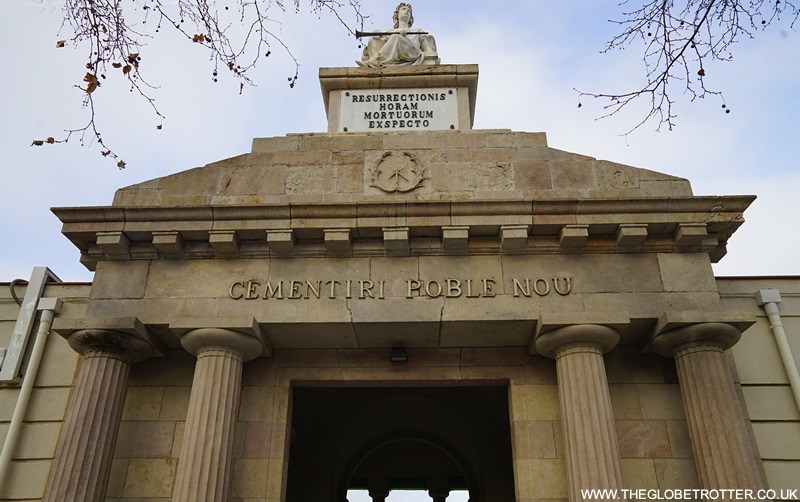
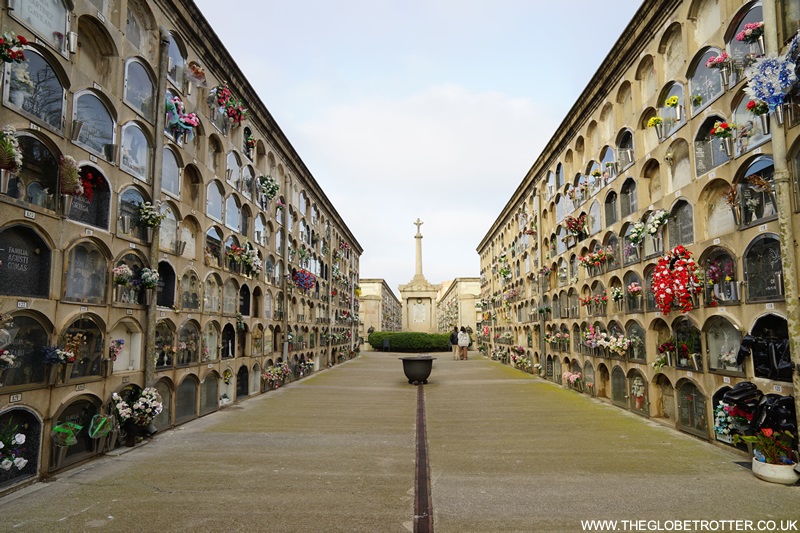

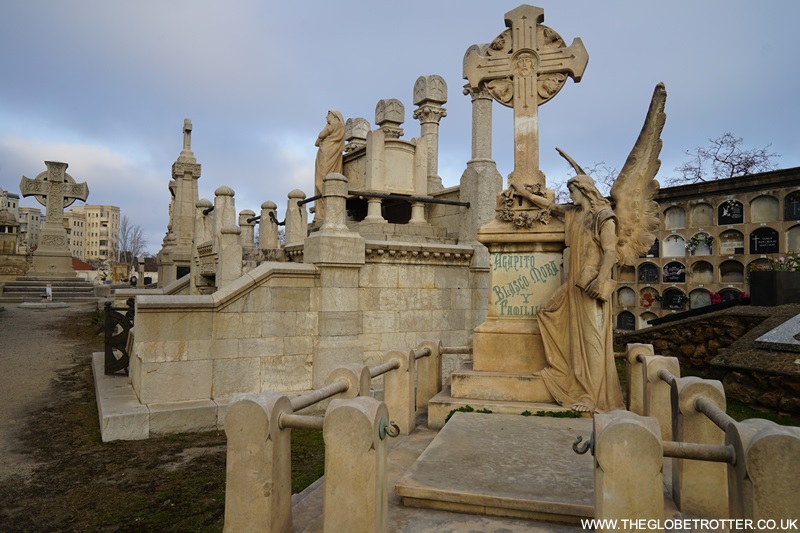
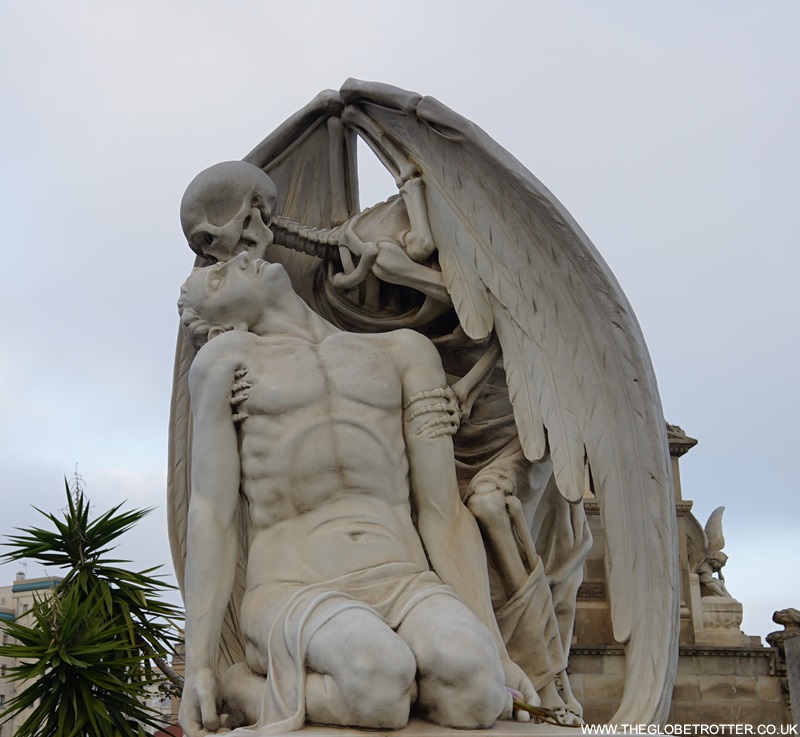
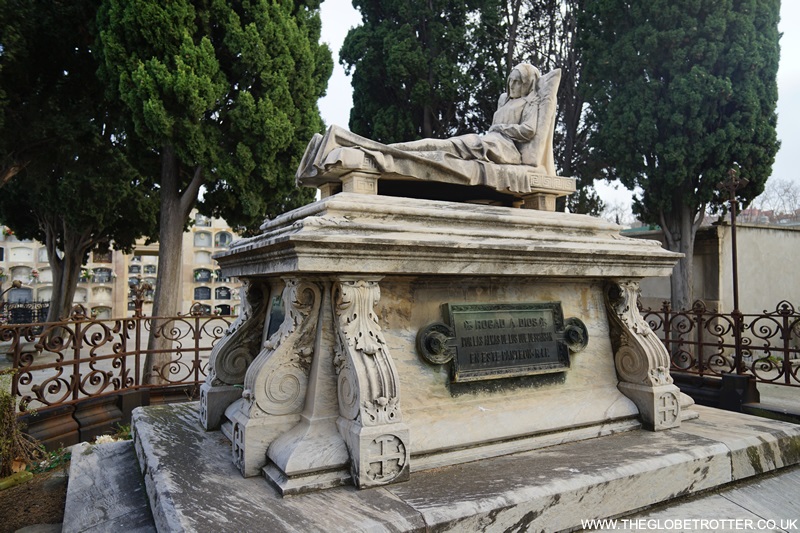
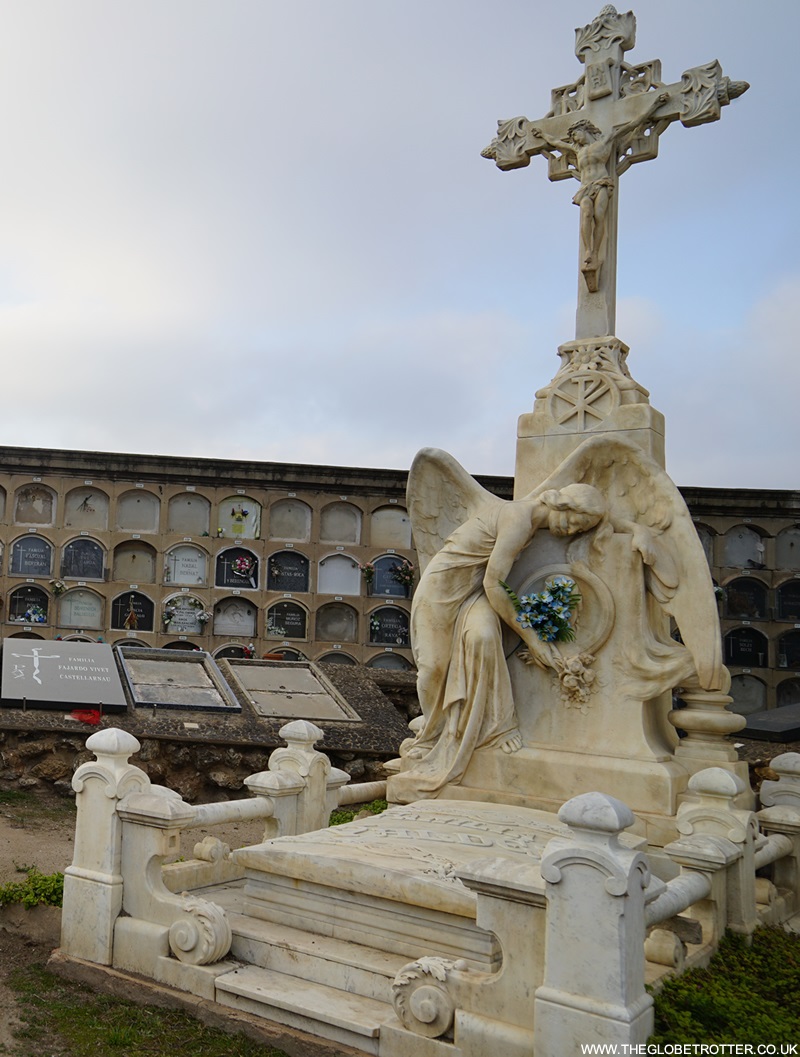
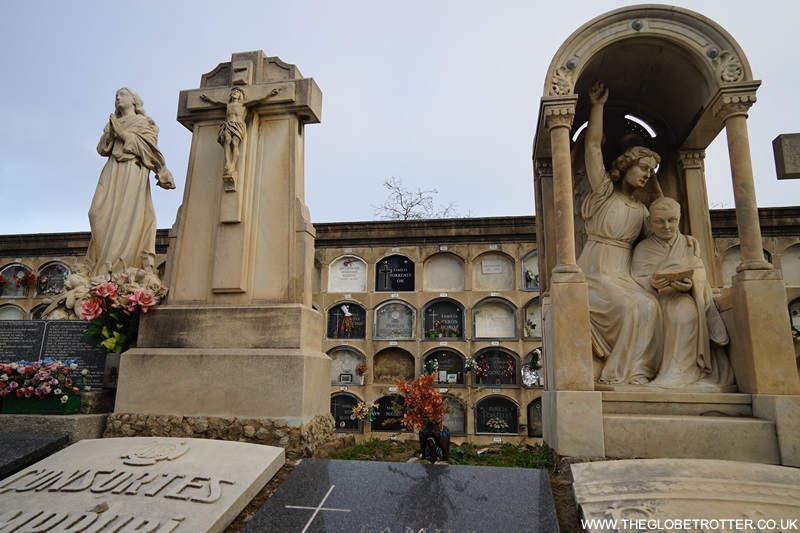




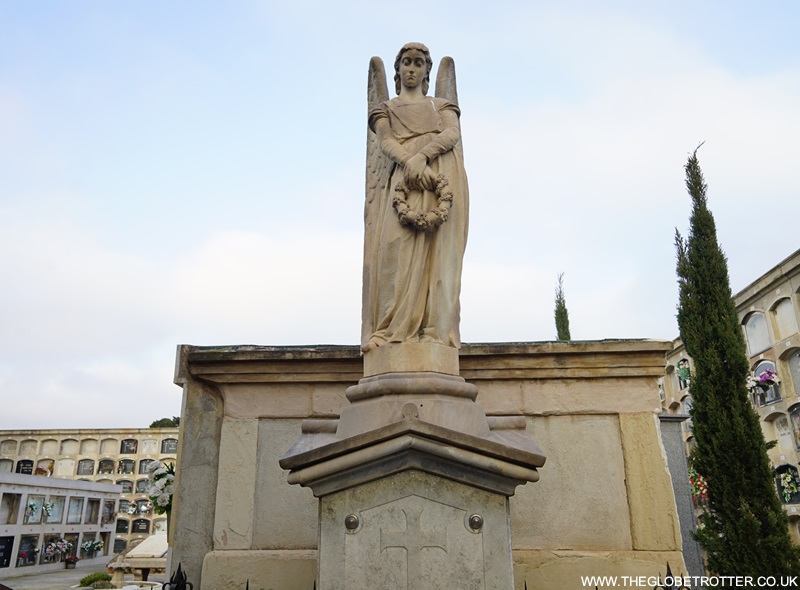



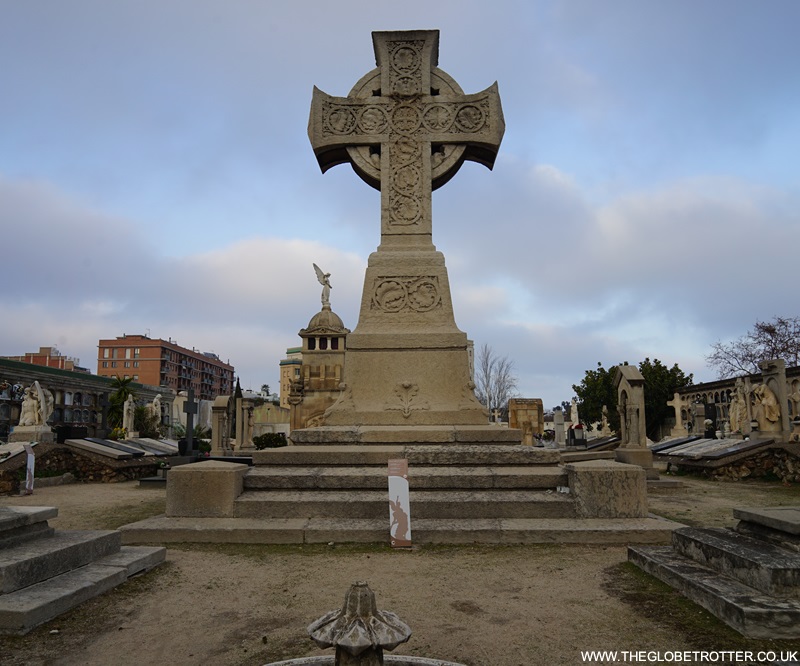

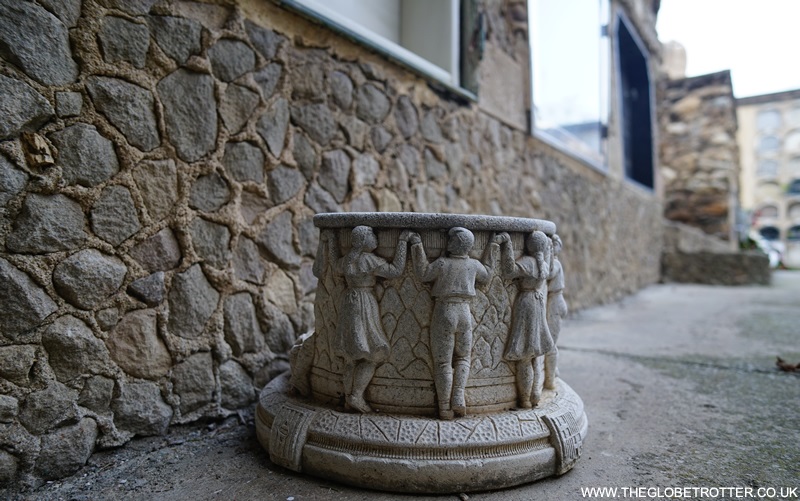
Post a Comment